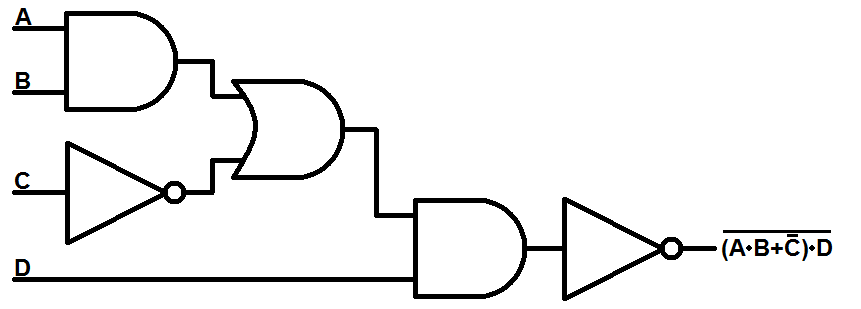Digital electronics is a branch of electronics that deals with signals represented by discrete, quantized values, often in the form of binary digits (bits). Two fundamental types of circuits in digital electronics are sequential circuits and combinational circuits. These circuits play a crucial role in the design and functionality of digital systems.

I. Combinational Circuits:
Combinational circuits are the basic building blocks of digital systems that perform operations on input signals to produce an output. These circuits don’t have any memory elements, meaning the output depends only on the current input. The key characteristic of combinational circuits is that their outputs are determined solely by the present input states, with no regard for previous inputs.
Components of Combinational Circuits:
1. Logic Gates:
Combinational circuits primarily consist of various logic gates like AND, OR, NOT, NAND, NOR, and XOR. These gates are responsible for performing basic Boolean operations on binary data.
2. Multiplexers (MUX) and Demultiplexers (DEMUX):
MUX is a combinational circuit that selects one of the input data lines based on the control input.
DEMUX is the opposite of MUX; it takes a single input and directs it to one of the multiple output lines based on the control input.
3. Adders and Subtractors:
Combinational circuits include adders and subtractors to perform arithmetic operations on binary numbers.
II. Sequential Circuits:
Sequential circuits, on the other hand, incorporate memory elements to store information about past inputs. This introduces the concept of state, meaning the output not only depends on the current inputs but also on the past sequence of inputs. Sequential circuits are crucial for building devices that require memory or storage capability.
Components of Sequential Circuits:
1. Flip-Flops:
Flip-flops are bistable multivibrators that store one bit of information. They are the fundamental building blocks of sequential circuits, and different types include D flip-flops, JK flip-flops, and T flip-flops.
2. Registers:
Registers are sets of flip-flops used to store multiple bits of data. They are essential for temporary storage and data manipulation in sequential circuits.
3. Counters:
Counters are sequential circuits designed to count the number of clock pulses applied to their input. They are widely used in various applications, such as frequency dividers.
4. Memory Units:
Sequential circuits often include memory units like RAM (Random Access Memory) and ROM (Read-Only Memory), which provide more extensive storage capabilities.
Comparison between Combinational and Sequential Circuits:
Memory:
Combinational circuits have no memory, whereas sequential circuits utilise memory elements.
Output Dependency:
Combinational circuits generate output solely based on present inputs, while sequential circuits consider both present and past inputs.
Timing:
Combinational circuits have a simpler timing analysis, while sequential circuits require consideration of clock signals and timing constraints.
Conclusion:
Understanding combinational and sequential circuits is fundamental to the design and analysis of digital systems. Combinational circuits perform operations based solely on present inputs, while sequential circuits incorporate memory elements, allowing them to consider the history of inputs. Both types of circuits are essential for constructing complex digital systems used in various applications, ranging from simple calculators to sophisticated computers.




